As President Trump prepares to speak to a joint session of Congress tonight, his fellow party members are, according to media reports, hoping that he “grab[s] the bully pulpit” and “sketch[es] a clear vision” to help resolve intra-party differences that have slowed the GOP’s work on some of its major policy initiatives. Under this logic, if Trump makes clear what he wants, Republican members will have a clearer sense of which proposals around which they should coalesce.
But how does the presidential “bully pulpit” actually work in the contemporary Congress? Recent research by John Lovett, Shaun Bevan, and Frank Baumgartner finds that when the president devotes more attention to an issue in the State of the Union, Congress will sometimes respond by working more on that issue. Congress is more likely to take up presidential agenda setting attempts, they argue, under unified government and when the president is popular. This suggests mixed terrain for any attempts by Trump to use tonight’s speech to put issues on the congressional agenda. On one hand, Republicans control of both chambers of Congress and the White House. On the other, Trump’s job’s approval numbers are historically low for a new president.
Currently, however, congressional Republicans’ challenge isn’t deciding which issues on which to work. Rather, it’s figuring out how to resolve intra-party differences on how to approach several policy areas on which they are already working. Trump’s role, then, would be less as an agenda setter and more as a persuader, convincing one or more segments of the GOP to compromise and put aside their current disagreements. The ability of a president to do that, however, can be limited. As political scientist George Edwards has argued, presidential persuasion of members of Congress represents a relatively small part of his ability to influence policy change. To the extent that presidents are able to change the minds of members, their approval ratings matter here as well. As Edwards puts it elsewhere, “a president with strong public support provides a cover for members of Congress to cast votes to which their constituents might otherwise object. They can defend their votes as supporting the president rather than on substantive policy grounds alone.” Empirical work suggests this dynamic is at play in the Senate, where Caitlin Dwyer and Sarah Treul find that, regardless of partisanship, a senator is more likely to vote in favor of the president’s position when he enjoys high levels of support in the legislator’s state.
What does this mean for the prospects of successful presidential leadership from Trump in Congress? Again, the picture is mixed. Trump’s approval ratings are low overall, but polling data from Morning Consult suggests that at least at prior to taking office, he remained more popular among people who live in congressional districts represented by the GOP. If that pattern persists, that would suggest that effective articulation by the president on a coherent policy strategy could indeed help Republicans achieve some of the internal unity they currently lack. At the same time, if Trump’s popularity begins to decline among voters who are key to the future electoral success of Republican members, we’d expect his ability to serve as a unifying influence in internal policy struggles to flag.
This dynamic could have particularly interesting consequences for the debate over the ACA, where congressional demands for presidential leadership are perhaps greatest, in part because, thanks to procedural aspects of the GOP’s legislative strategy, the time pressures are acute. If Trump tacks to the right, towards the position articulated by key House and Senate conservatives, congressional leaders would be faced with the prospect of trying to leverage Trump’s position to bring along less conservative members. This latter group of legislators, however, are the very same ones for whom appeals to Trump’s popularity may be less useful with their constituents in the future. At the same time, if Trump endorses something short of “full repeal,” conservative members will be forced to choose between supporting something the president of their party—who will likely remain popular in their states and districts—has thrown his weight behind and maintaining their current positions.
If Trump wades deeper into the legislative fray, it could also have important effects for policies on which the filibuster-proof reconciliation process is not available, such as the annual appropriations process which allocates money for defense and non-defense discretionary programs. Work by Frances Lee suggests that presidential leadership worsens existing disagreements between the parties, since members of the opposing party have a greater incentive to see measures closely associated with the president fail. In addition, on some issues, like defense spending and infrastructure, some Republicans might be predisposed to oppose Trump’s proposals. If he remains popular in the states and districts of wavering legislators, that could help the coalition-building task. If his approval ratings fall, however, it could make it more difficult to garner the necessary votes.
Tonight, congressional Republicans may or may not get the guidance for which they are looking from Trump. Even if they do, however, only time will tell if the president’s help can get them across the finish line on the major policy changes they seek.
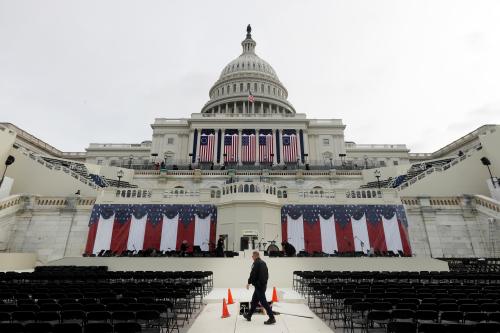
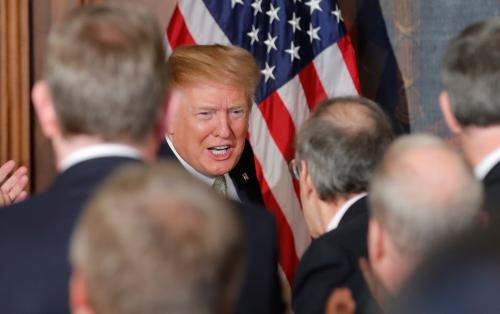
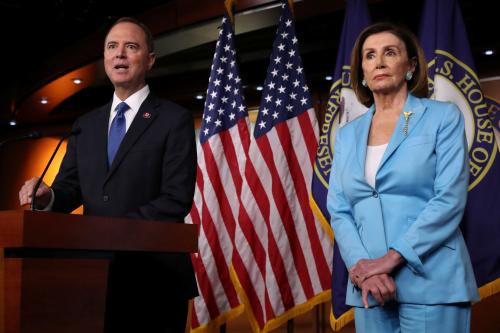
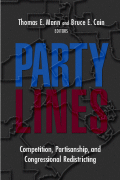

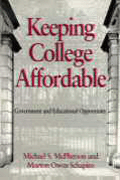



Commentary
More Trump may not be the answer to Republican disagreement in Congress
February 28, 2017